

One of India's first string instruments, the veena has been played for thousands of years. It is a lute-family traditional musical instrument from South India. Usually constructed of wood, the veena has a long, hollow body with a gourd resonator at the bottom. It features a fretboard covered with strings that are plunked with the fingers to make sound.
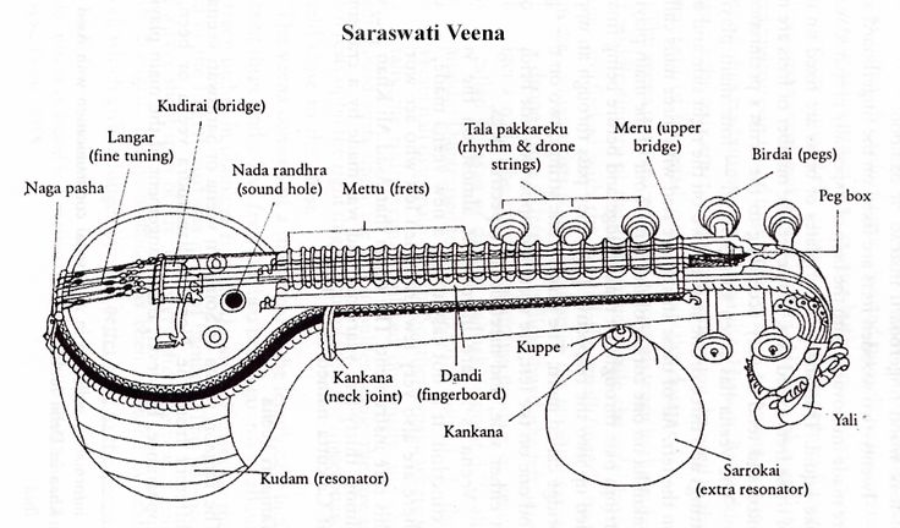
The veena comes in various forms, the most popular of which is the Saraswati veena. Saraswati, the Hindu goddess of learning and the arts, is the inspiration behind the name. The Saraswati veena features seven strings on a long neck that is usually constructed of jackwood.
These metal strings come in several pitch configurations. It also features a gourd-made resonator. To produce the correct sounds and melodies when playing the veena, one must use complex finger movements. The veena is traditionally held on the player's lap while they perform the instrument while seated. It can be heard in many different Indian music genres and styles in addition to the conventional Carnatic music in which it is frequently employed. The veena holds great cultural value and is associated with Hindu mythology and spirituality, in addition to its musical prowess.
In India, there are numerous varieties of veenas, each with distinctive qualities and local variances. Among the most well-known kinds are:
Saraswati Veena: The most popular and commonly used kind of veena. Saraswati, the Hindu goddess of learning and the arts, is the inspiration behind the name. Often with seven strings, the Saraswati veena is a staple in Carnatic music.
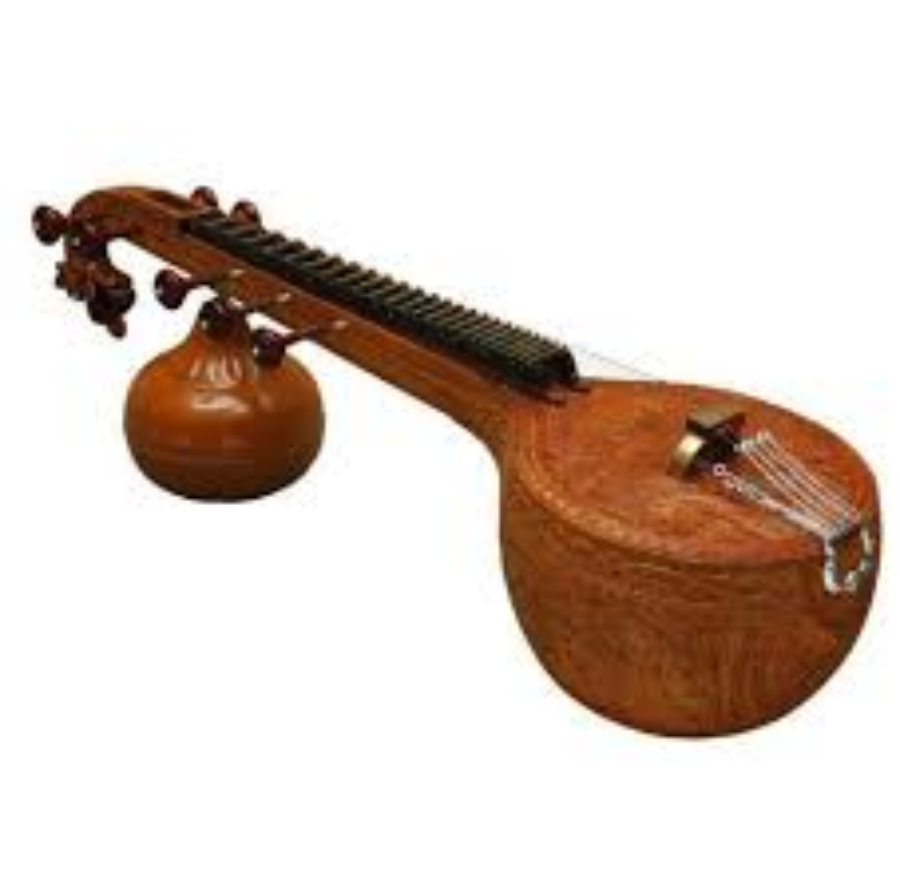
Rudra Veena: Associated with Hindustani classical music, the Rudra Veena is one of the oldest veena styles, also called the Been or Beenkar. Compared to the Saraswati veena, it features a deeper resonating chamber, fewer frets, and a larger, more intricate structure. It is performed by combining sliding and plucking methods.
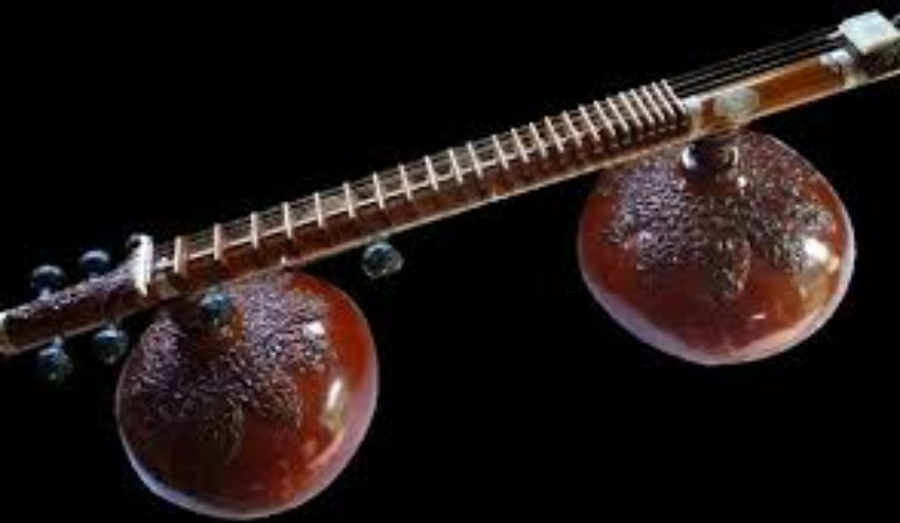
vichitra Veena: Hindustani classical music is played on the fretless Vichitra Veena. Like the Saraswati veena, it has a long neck and a hollow body, but it doesn't have frets on the neck. Rather, a slide presses the strings against the neck, enabling constant pitch changes.
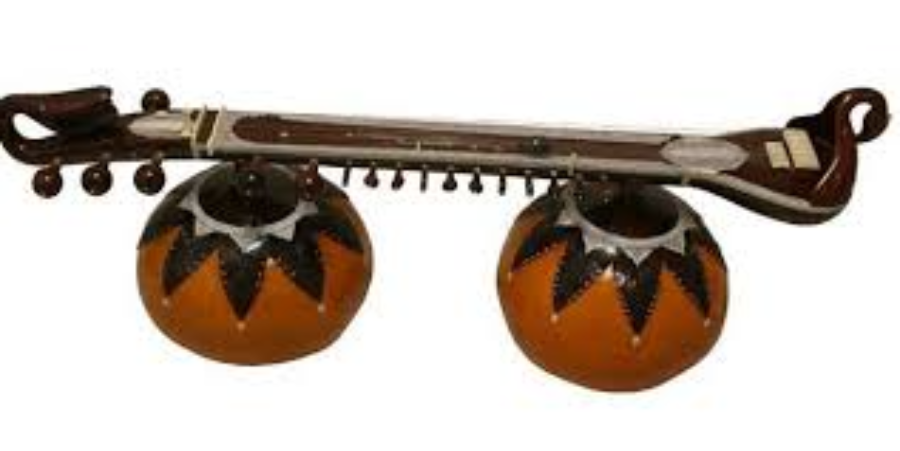
Gottuvadhyam: A fretless veena from South India, also called the Chitra Veena. It features a gourd-shaped resonator and a long, cylindrical neck. To produce varied pitches, a polished stone or glass is moved along the strings.
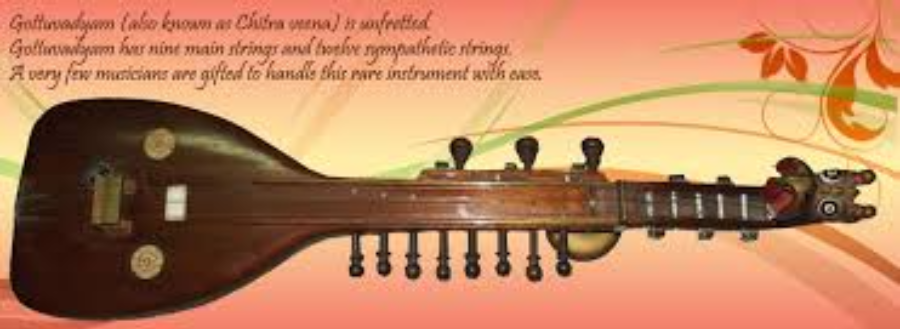
Mohan Veena: Indian musician Vishwa Mohan Bhatt invented the Mohan Veena in the modern era. With sympathetic strings and a resonating gourd, it's a modified slide guitar with features of the classic Indian veena. Like the Vichitra Veena, the Mohan Veena is performed with a slide.
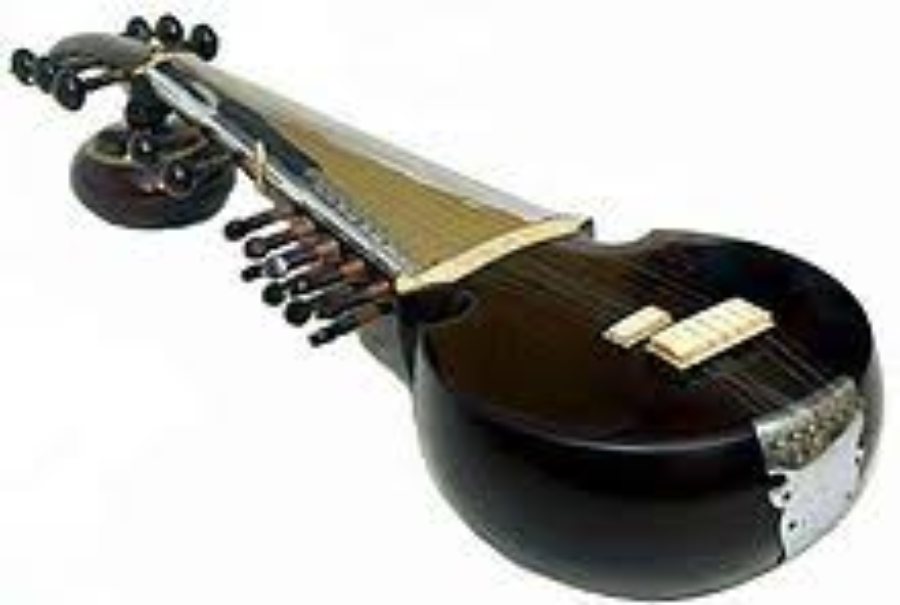
These are but a handful of the many varieties of veenas that can be found in India; each has a distinct tone and style of playing.


